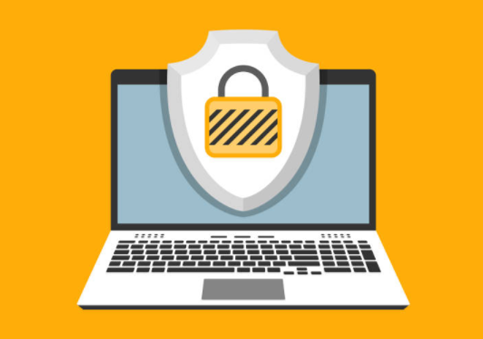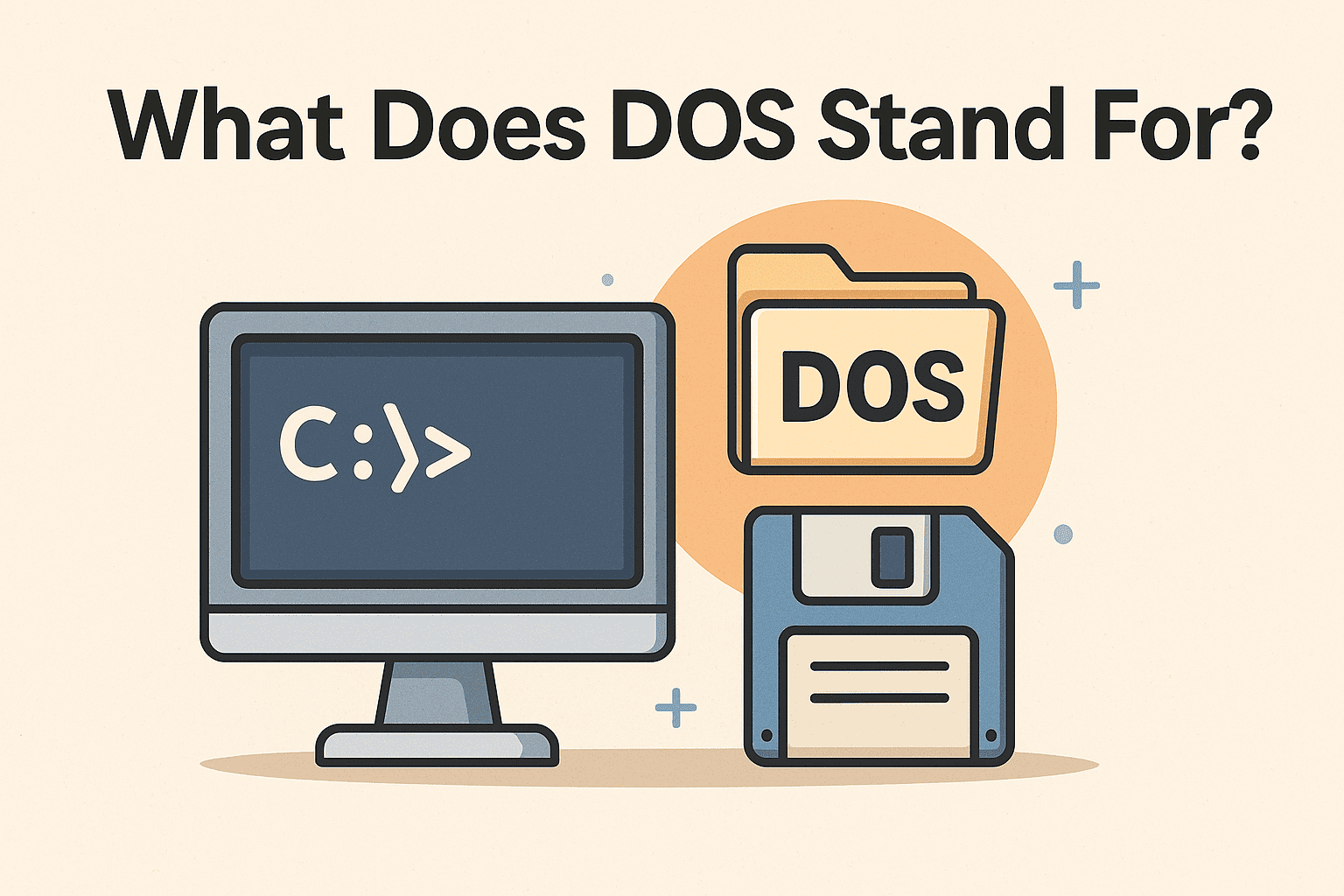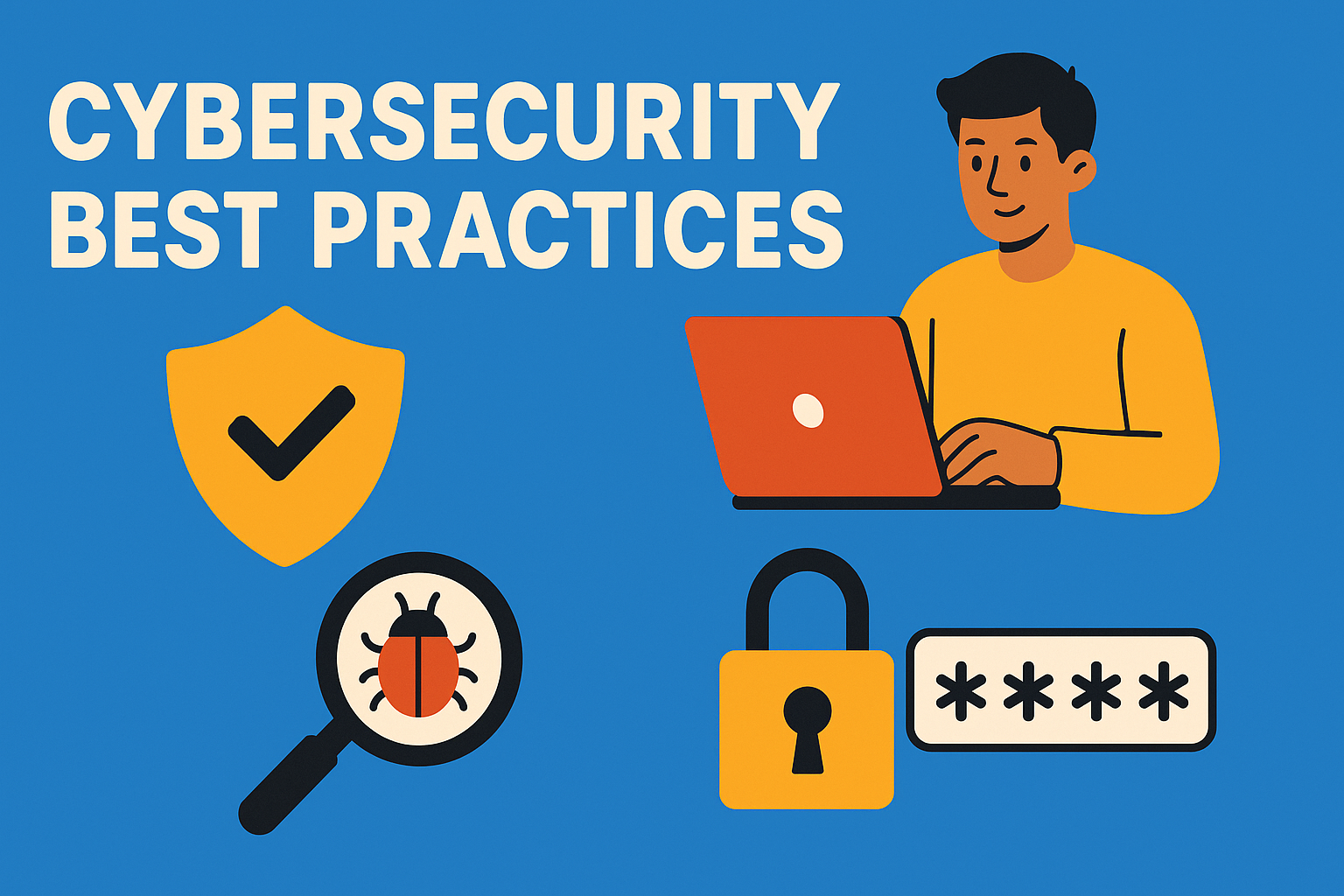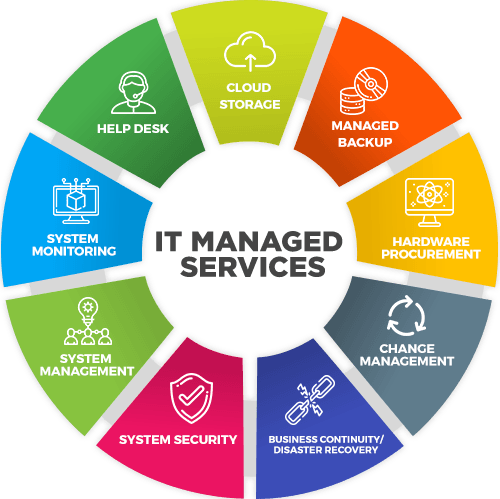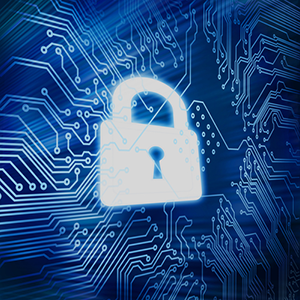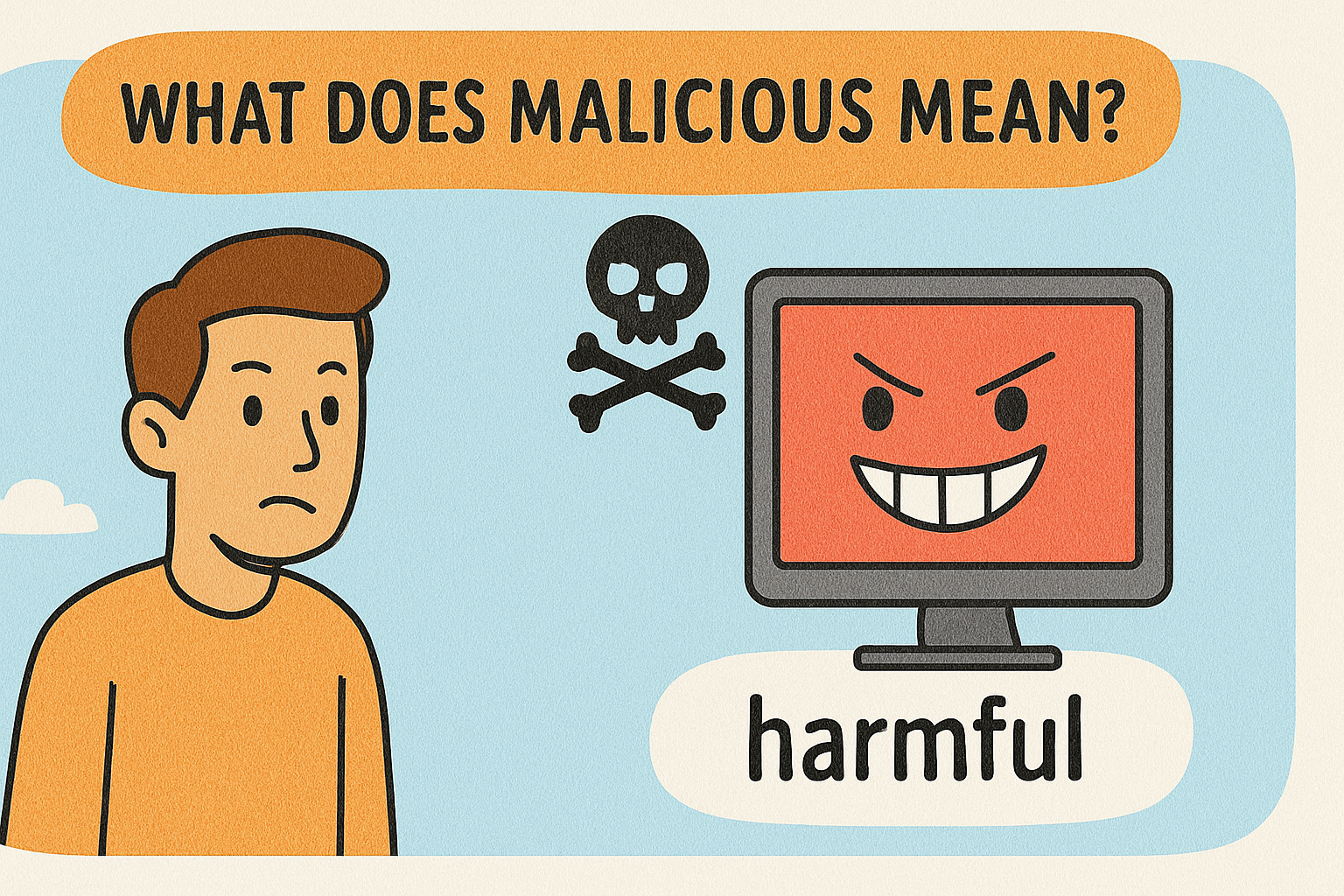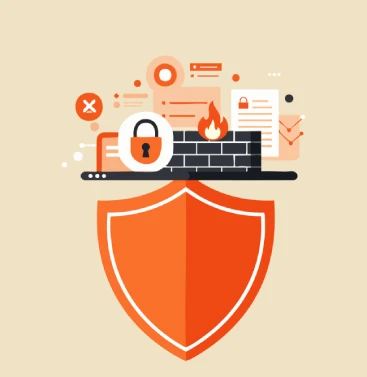Kansas Water Facility Ransomware Attack: A Wake-Up Call for Critical Infrastructure Security
Updated on September 26, 2024, by Xcitium

The recent ransomware attack on a Kansas water facility, which forced the plant to switch to manual operations, is a stark reminder of the growing vulnerability of critical infrastructure to cyber threats. This attack underscores the urgent need for heightened cybersecurity measures to protect essential services from disruption. As ransomware becomes an increasingly common weapon in the hands of cybercriminals, the implications for public safety and national security are profound.

The Growing Threat to Critical Infrastructure
Critical infrastructure, such as water treatment facilities, power grids, and transportation systems, forms the backbone of modern society. These systems are responsible for delivering essential services that millions of people rely on daily. Unfortunately, the complexity and interconnectedness of these systems also make them attractive targets for cybercriminals.
The Kansas water facility ransomware attack highlights how quickly cyber incidents can disrupt essential operations. When a critical service like water supply is impacted, the consequences can be far-reaching, affecting public health, safety, and even the local economy. Moving to manual operations might mitigate immediate risks, but it is not a sustainable solution in the long term, especially as cyberattacks become more sophisticated.
Ransomware: A Growing Crisis
Ransomware attacks have escalated in frequency and severity in recent years, with cybercriminals targeting organizations across industries. In critical infrastructure, ransomware poses a particularly dangerous threat. These attacks typically encrypt the victim’s systems, rendering them inoperable until a ransom is paid to the attackers. Even if the ransom is paid, there is no guarantee that the data will be restored or that the attackers won’t strike again.
For facilities like the Kansas water plant, ransomware attacks can cause severe operational disruptions. When a system is locked down, operators often have to revert to manual methods, which are slower, more labor-intensive, and prone to error. This not only jeopardizes the continuity of essential services but also increases the risk of accidents and failures within the infrastructure.
The Need for Proactive Cybersecurity in Critical Infrastructure
The Kansas water facility incident is a powerful example of why critical infrastructure must adopt a proactive approach to cybersecurity. Traditional security methods, which often rely on reactive measures, are no longer enough to defend against advanced threats like ransomware. Instead, critical infrastructure operators need to invest in proactive security measures that can detect, isolate, and neutralize threats before they cause disruption.
A key strategy for protecting critical infrastructure is the implementation of a Zero Trust model. Zero Trust operates on the principle of “never trust, always verify.” This means that every access request to a system must be authenticated and authorized, regardless of whether it comes from inside or outside the network. By adopting Zero Trust, critical infrastructure can reduce the risk of unauthorized access, minimize the lateral movement of attackers, and prevent ransomware from taking root in the system.
In addition to Zero Trust, the use of advanced containment technologies can further bolster cybersecurity defenses. Containment solutions prevent malicious software from executing by isolating potentially harmful files and preventing them from interacting with the rest of the network. This proactive approach ensures that even if ransomware makes it into the system, it cannot spread and cause widespread damage.
Collaboration and Government Support Are Essential
Securing critical infrastructure from cyberattacks is not just the responsibility of individual operators; it requires collaboration between industry, government, and cybersecurity experts. Government agencies like the Cybersecurity and Infrastructure Security Agency (CISA) play a crucial role in providing guidance and resources to help protect critical infrastructure from evolving threats.
In addition, infrastructure operators must prioritize regular cybersecurity assessments, employee training, and incident response planning. These efforts ensure that facilities are prepared to defend against cyberattacks and can respond quickly and effectively in the event of an incident.
What Makes Xcitium Stand Out
Xcitium offers the advanced cybersecurity solutions critical infrastructure facilities need to defend against ransomware and other cyber threats. Xcitium’s ZeroDwell Containment technology is specifically designed to neutralize threats in real time, preventing ransomware and other malicious software from executing and causing damage. Unlike traditional security solutions that react after a breach, Xcitium’s containment technology isolates and contains threats before they can harm the system.
Moreover, Xcitium’s platform is built on the principles of Zero Trust, ensuring that every access request is authenticated and authorized. This approach limits unauthorized access and helps prevent attackers from moving laterally within a network—two key components of ransomware attacks.
With Xcitium, critical infrastructure operators can achieve a higher level of cybersecurity, ensuring that their essential services remain protected from disruptive attacks. Whether it’s water treatment, power grids, or transportation, Xcitium’s solutions provide the real-time protection necessary to safeguard critical operations.
Conclusion: A Call for Stronger Cyber Defenses in Critical Infrastructure
The ransomware attack on the Kansas water facility should serve as a wake-up call for critical infrastructure operators around the world. As cybercriminals increasingly target essential services, the need for proactive cybersecurity measures has never been more urgent. By adopting a Zero Trust model and utilizing advanced threat containment technologies, critical infrastructure can defend against ransomware and other evolving threats.
Xcitium’s leading cybersecurity solutions offer the proactive defense and real-time protection necessary to secure critical systems. With the right strategies in place, we can ensure that our critical infrastructure remains resilient and capable of withstanding the growing threat of cyberattacks.



